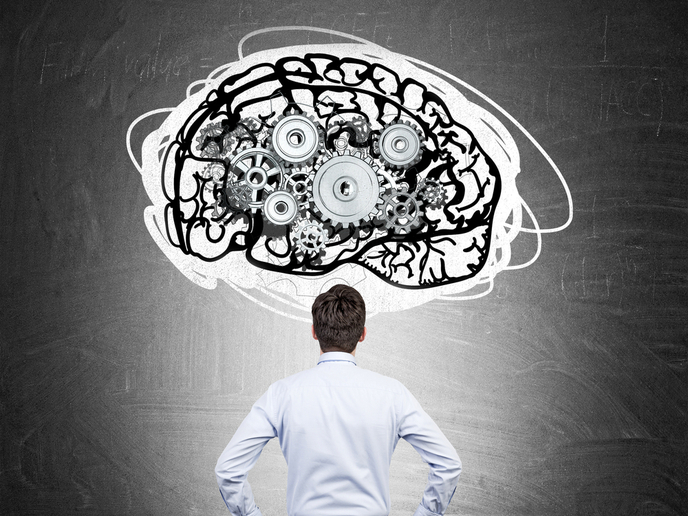A tailored way to determine one’s fitness to drive
Europe’s roads can be dangerous. According to statistics, in 2024, 19 800 people were killed in a road accident within the EU, with many others being seriously injured. Although new technologies have made vehicles increasingly safe to drive, at the end of the day, a car is only as safe as its driver. “Driving a car is a complex and dynamic task and there are many conditions that can temporarily affect one’s ability to drive safely,” says Marteyn van Gasteren, R&I manager international projects at the ITCL Technology Centre(opens in new window). One of those factors is fatigue. In fact, nearly half of all long-haul drivers report that at some point they have almost fallen asleep at the wheel. To mitigate this risk, the EU now mandates that all new vehicles come equipped with driver drowsiness and attention warning systems. “The problem is that many of these systems fail to take into account the significant differences in driving styles,” explains Van Gasteren. “They also lack a common criterion for what constitutes drowsiness or fatigue or how it should be measured.” Enter FITDRIVE(opens in new window). Coordinated by ITCL, the EU-funded project is developing an innovative solution for assessing one’s fitness to drive.
Mitigating driver risks, not driving styles
According to Van Gasteren, the key to determining fitness to drive is to minimise driving-related road safety risks while respecting the professional driver’s lifestyle and employment-related mobility independence. To strike this balance, the project started by creating driver-specific profiles. “FITDRIVE uses machine learning techniques to analyse a driver’s behaviour over thousands of kilometres driven,” notes Van Gasteren. Using this collected data, the FITDRIVE solution develops a profile for what constitutes ‘usual’ behaviour for that particular driver. Once the profile is defined, artificial intelligence (AI) can then detect ‘unusual’ driving behaviour and associate this with such probable causes as fatigue, drug use or other cognitive disorders. Fitness to drive levels can be sent to road authorities, who can use this data to determine which vehicles to stop, increasing the effectiveness of road checks and reducing stationary times for transport companies. “By tailoring detection to a specific driver, we can also tailor our response, thus ensuring we mitigate actual risks and not driving styles,” adds Van Gasteren.
Driving towards near-zero deaths and injuries
The project not only developed a fitness to drive system, it also proved that it works. With only 30 days of unsupervised AI learning in pilot vans and trucks, the FITDRIVE system detected driver states with 84 % accuracy. Furthermore, the project was able to correlate this vehicular data with the driver’s biophysical data, making it possible to measure the driver state without invasive sensors such as cameras or on-body wearable devices. The pilot data is already stored on Zenodo(opens in new window) and will soon be made open access, helping the automotive industry integrate the FITDRIVE concept into their own advanced driver-assistance systems. The project has presented its findings on driver fatigue to the European Parliament, contributing to making fitness to drive a key part of the new EU driving licence rules. “I am confident that the FITDRIVE solution will play a key role in the EU achieving its goal of near-zero road deaths and injuries by 2050,” concludes Van Gasteren.







